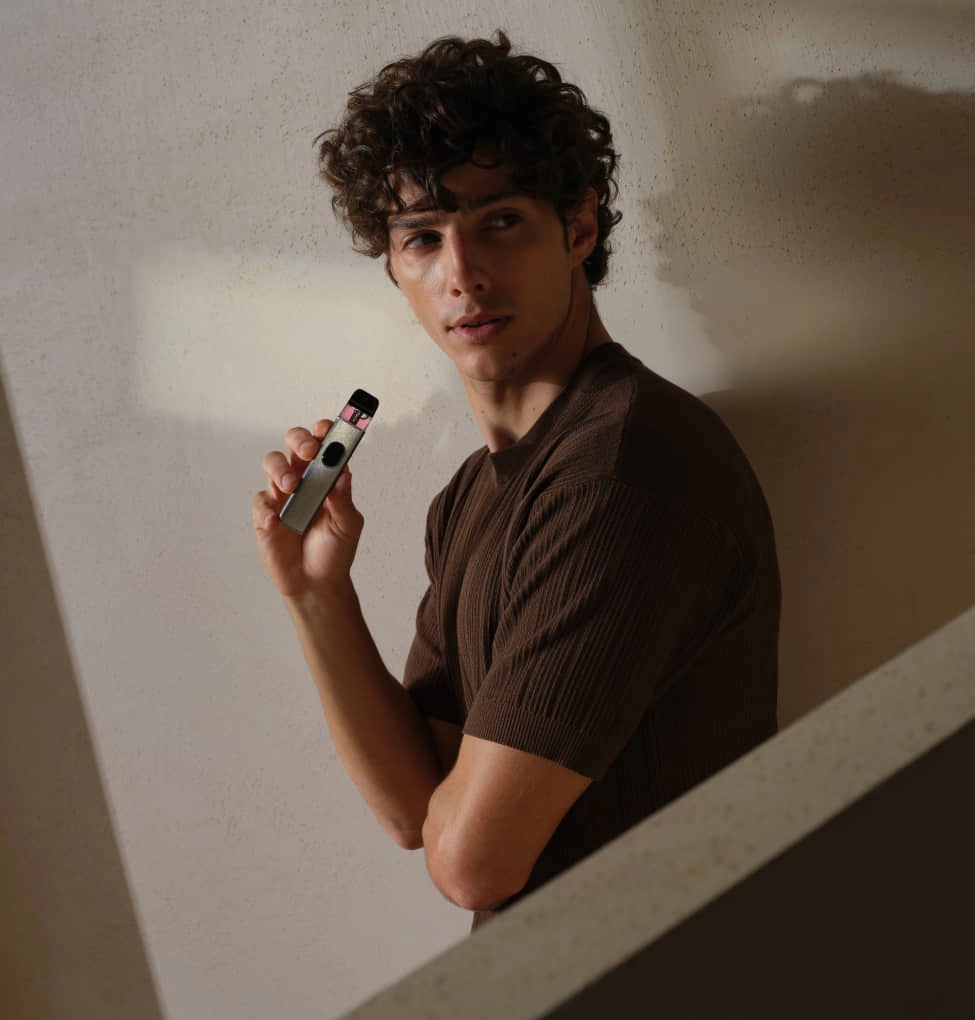-
×
 BLVK Crystal Clear
1 × $19.99
BLVK Crystal Clear
1 × $19.99
Uncategorized
E-Cig Market to Hit $287B by 2032—But Can It Survive the FDA’s Latest Crackdown?
The Booming Yet Battleground Vape Market
The global e-cigarette market growth predictions after FDA rules, valued at $28.17B in 2023, is projected to surge to $287B by 2032, growing at a 30.6% CAGR. However, this explosive growth faces a critical challenge: increasing FDA crackdowns on flavored disposables, synthetic nicotine, and youth marketing
This word analysis examines:
✔ Market growth drivers – Why vaping is still expanding despite regulations.
✔ FDA’s 2025 crackdown – How new rules impact prices, stocks, and product availability.
✔ Best vape stocks to invest in – Companies thriving despite regulatory hurdles.
✔ Countries with the least vape regulations – Where the industry is flourishing.
✔ Will vaping be banned by 2030? – A look at global prohibition trends.
1. E-Cigarette Market Growth Predictions After FDA Rules
Current Market Valuation & Projections
- 2023 Market Size: $28.17B
- 2030 Forecast: $182.84B
- 2032 Projection: $287B (Grand View Research)
Key Growth Drivers:
- Smoking cessation demand – 70% of adult vapers use e-cigs to quit cigarettes
- Tech innovations – Bluetooth-enabled vapes, touchscreen mods, and AI-powered devices attract users
- Youth appeal – Despite regulations, 7.2% of teens still vape, with disposables being the top choice
FDA’s Impact on Growth:
- Flavor bans – Menthol and fruit-flavored vapes are restricted, slowing sales in the U.S.
- PMTA rejections – Thousands of products denied market approval, shrinking legal options
- Synthetic nicotine crackdown – New rules target non-tobacco-derived nicotine, affecting brands like Puff Bar
“The FDA isn’t killing the market—it’s forcing it to evolve. Companies that adapt will dominate.” – Industry Analyst
2. How FDA Regulations Will Affect Vape Prices in 2025
Price Surge Factors
- Higher compliance costs – Manufacturers must invest in FDA-approved testing and labeling.
- Flavor restrictions – Limited options push demand (and prices) for remaining legal products.
- Vape taxes – States like California impose 65% excise taxes, increasing retail costs
Estimated Price Increases:
| Product Type | 2024 Price | 2025 Projected Price |
|---|---|---|
| Disposable Vape | $10-$15 | $18-$25 |
| Refillable Pod System | $20-$30 | $30-$45 |
| E-Liquid (30mL) | $15-$20 | $22-$30 |
Black Market Risk:
- 40% of vape shops ignore regulations, selling banned products underground
- Counterfeit disposables (e.g., fake Elf Bars) flood markets at lower prices but higher health risks
3. Best Stocks to Invest in the Vaping Industry
Despite regulations, these companies are thriving:
1. British American Tobacco (NYSE: BTI)
- Market Leader: Owns Vuse, the top U.S. vape brand (33.4% market share)
- FDA Approved: One of the few with legal tobacco-flavored pods
- Global Reach: Dominates in the UK, Canada, and Germany
2. Philip Morris International (NYSE: PM)
- IQOS Heated Tobacco: FDA-approved as a “reduced-risk” product
- 20M+ Users: 70% switched completely from cigarettes
3. Altria Group (NYSE: MO)
- NJOY Acquisition: Expanding in FDA-compliant vaping after Juul’s downfall
- Stable Dividends: Reliable for long-term investors
Risks to Consider:
- Regulatory uncertainty – Future bans could hurt stocks.
- Youth vaping lawsuits – Major settlements impact profits (e.g., Juul’s $1.2B payout)
4. Countries With the Least Vape Regulations (2025)
For businesses and consumers seeking fewer restrictions:
Top 5 Least Regulated Markets
- China – Major manufacturing hub with lax enforcement
- Malaysia (some states) – No federal ban, though some regions restrict sales
- Vietnam – Minimal oversight despite nominal bans
- Indonesia – Cheap, widely available vapes with no flavor restrictions.
- Russia – Low taxes and easy access despite health warnings.
Emerging Opportunities:
- Africa – 74 countries have no vape laws, creating a gray market
- Latin America – Mexico and Brazil have enforcement gaps despite bans
5. Will Vaping Be Banned Completely by 2030?
Global Ban Trends
- 46 countries already ban vape sales (e.g., India, Thailand, Brazil)
- UK & Canada are tightening rules but allowing regulated sales
- U.S. Outlook – Full ban unlikely, but flavor prohibitions may expand
Factors That Could Accelerate Bans:
- Youth vaping epidemics – If teen use surpasses 15%, more countries may prohibit sales
- EVALI outbreaks – New health crises could trigger emergency bans
- Tobacco industry lobbying – Big Tobacco may push bans to eliminate competition
6. FAQs: The Future of Vaping
Q1: Will FDA bans kill the vape industry?
A: No—markets will shift to tobacco-flavored pods, international sales, and THC alternatives
Q2: Where can I buy vapes if my country bans them?
A: Online imports (risky) or travel to less-regulated countries like Indonesia
Q3: Are nicotine-free vapes safer?
A: Not always—many still contain heavy metals and toxins
Q4: What’s replacing disposable vapes?
A: Refillable pod systems (e.g., Vuse, NJOY) and heat-not-burn devices (e.g., IQOS)
Conclusion: Survival of the Most Adaptable
The vape industry will grow—but not unchecked. Companies that comply with FDA rules, innovate beyond flavors, and expand globally will dominate. Meanwhile, consumers face higher prices, fewer choices, and a booming black market.
Key Takeaways:
✔ The market will hit $287B by 2032, but FDA rules reshape it.
✔ Vuse, IQOS, and NJOY are top stocks to watch.
✔ China, Malaysia, and Russia offer the least regulation.
✔ A full ban by 2030 is unlikely but possible if health crises escalate.
Engage With Us:
- Are FDA regulations helping or hurting vaping? Vote: 👍 Helpful 👎 Harmful.
- Which vape stocks do you trust? Share your picks below.
- Have you switched to black-market vapes? Tell us why.
- Should vaping be banned worldwide? Debate in comments.
- Know a country with loose vape laws? Tag it for travelers.
For real-time updates, follow VapeLifeHub—your guide to vaping’s evolving future.

